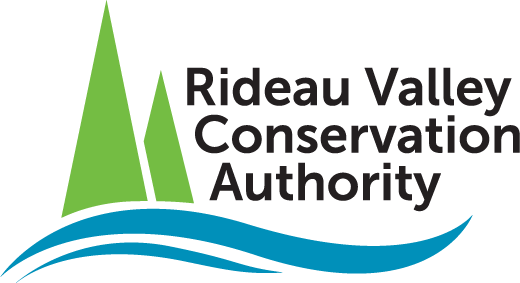- Areas prone to flood risk
- Areas prone to slope stability risk
- Wetland boundaries as delineated by the Ministry of Natural Resources and Forestry
Studies look at identifying two main types of hazards along the watercourses: flood risk and slope stability risk.
Flood Risk Studies
Flood risk studies make use of contemporary methods in hydrologic and hydraulic analysis, all the available historical records of streamflow and/or water level, and the most up-to-date topographical data to produce estimates of the 1:100 year flood discharge and corresponding water surface elevations and flood lines for the watercourses under consideration. The resulting flood risk maps identify areas along the river that are vulnerable to flooding, and where new development is to be restricted or prohibited in accordance with Provincial Planning Policies.
Slope Stability Studies
Slope stability studies make use of new, highly detailed topographic data to identify toe and top of slope. This information is used to create an allowance area that serve as a flag of potentially unstable slope areas.
The mapping also identifies natural features such as wetlands — some of which are protected through designation by the Ministry of Natural Resources and Forestry.


